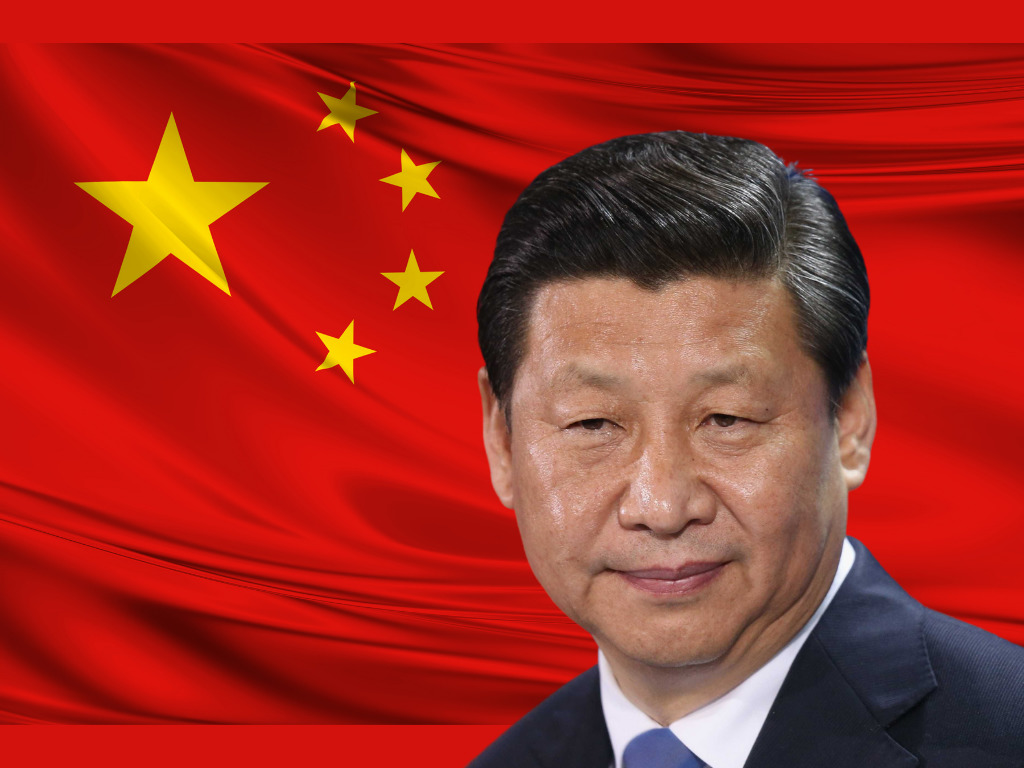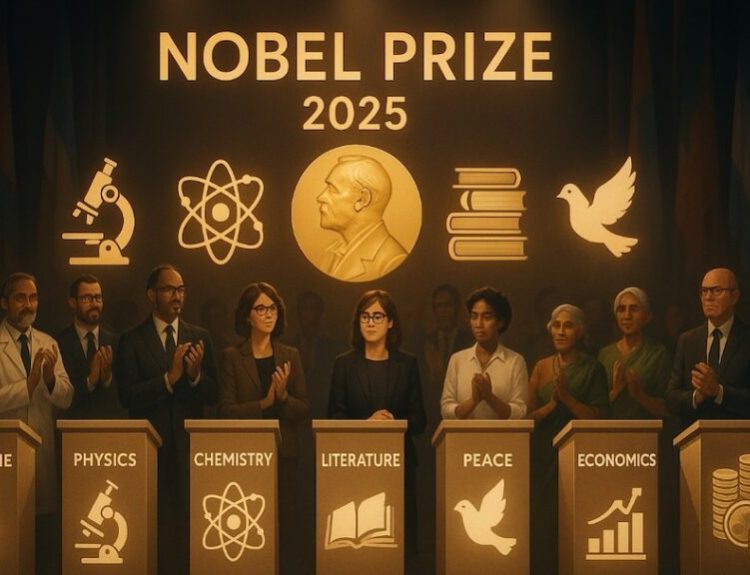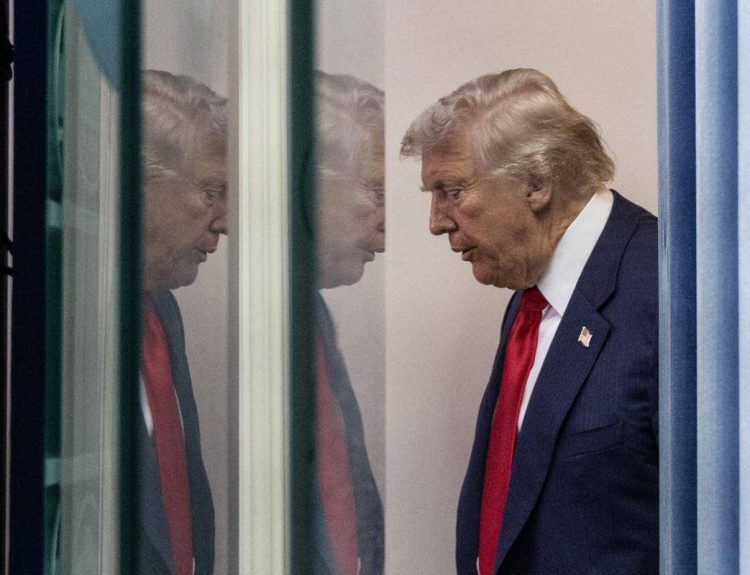Tensions between the United States and China remain high as President Trump continues to adopt a combative approach across trade, technology, and diplomacy. His administration has doubled down on measures designed to pressure Beijing, signaling that the rivalry between the world’s two largest economies is set to deepen further.
Recent data out of Beijing shows a marked slowdown in China’s exports, a sign that U.S. tariffs are beginning to bite. August figures revealed year-on-year export growth dropping sharply, with American demand in particular falling significantly. Analysts point to Trump’s tariff regime as a driving force behind this slump, arguing that it highlights the growing economic strain within China’s manufacturing sector.
Adding to the pressure, Washington has introduced new restrictions on China’s access to advanced technology. Trump has moved to revoke license-free shipments of critical chipmaking equipment from U.S. and allied toolmakers, including Taiwan’s TSMC, to Chinese facilities after 2025. This tightening of controls is widely seen as part of a broader strategy to curb China’s ambitions in artificial intelligence and semiconductors, two fields central to the future of global power.
The economic battles are being mirrored on the diplomatic stage. Trump recently accused India and Russia of being “lost to deepest, darkest China” after the three nations appeared aligned at the Shanghai Cooperation Organization summit in Tianjin. The remarks underscore Washington’s concern over Beijing’s ability to rally key emerging economies into its orbit. Meanwhile, Trump’s trade adviser Peter Navarro intensified the rhetoric by describing the BRICS bloc as a group of “vampires,” suggesting that internal rivalries make their cooperation fragile.
As both sides harden their positions, the stakes for the global economy continue to rise. Questions now linger over whether Beijing will respond with concessions or adopt countermeasures that could escalate tensions further. The outcome of these policies will not only shape U.S.–China relations but also reverberate through global supply chains, technological competition, and the delicate balance of international alliances.
What emerges from this standoff could redefine the contours of the 21st century, with Washington and Beijing vying not just for economic advantage but for the narrative of global leadership itself.



